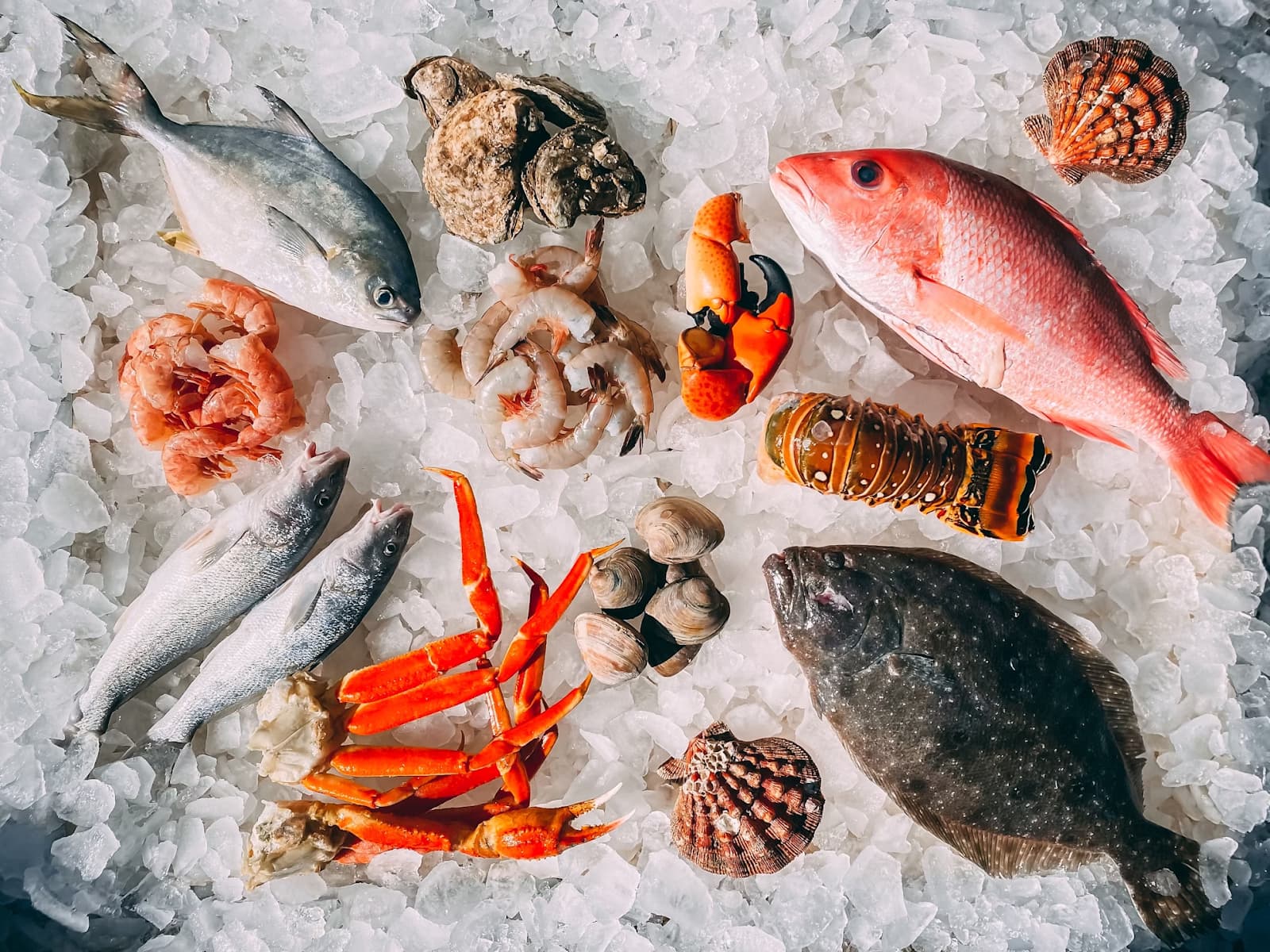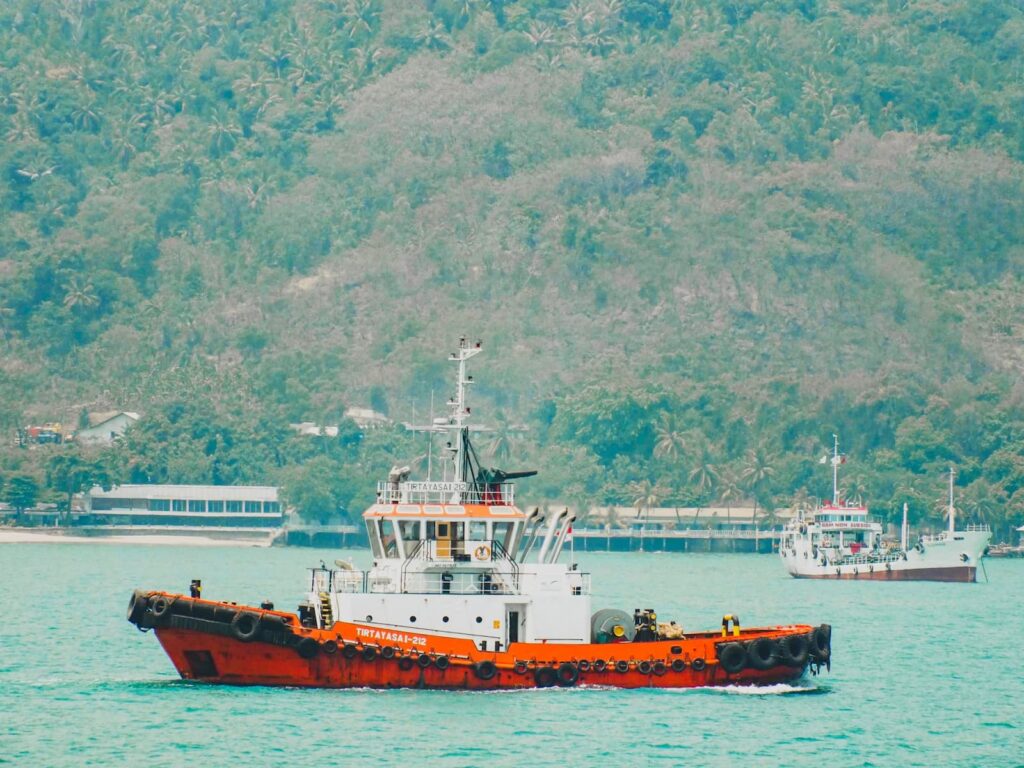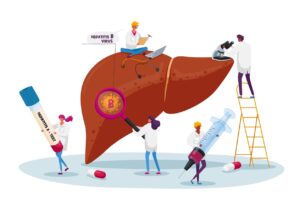
Seafood and Liver Health: Advantages and Hazards
Seafood is celebrated for its significant nutritional attributes, particularly for liver health. Packed with essential nutrients, these marine foods can play a pivotal role in a liver-friendly diet. However, potential risks associated with consuming fish exposed to pollutants, especially those stemming from marine traffic, must be carefully considered. Monitoring Marine Traffic can be vital in ensuring the safety and healthfulness of marine edibles.
The Nutritional Attributes of Seafood for Liver Health
Marine foods are nutritional powerhouses, offering a wide array of nutrients that support liver function. Various types of seafood are rich in essential fats, particularly omega-3 fatty acids, which have been shown to reduce inflammation in the liver and enhance overall liver health. These healthy fats also help lower fat levels in the blood, which is particularly advantageous for individuals with fatty liver conditions.
Moreover, these aquatic edibles are an excellent source of high-quality protein, crucial for the repair and regeneration of liver cells. This makes them especially valuable for those dealing with liver diseases. Additionally, seafood is replete with important vitamins and minerals that play a key role in maintaining liver health. For example, vitamin D supports the immune system and has been linked to improved liver function. Other nutrients like selenium and iodine are essential for various bodily processes, including metabolism and thyroid function.
Incorporating marine foods into one’s diet can provide significant health advantages. However, it is essential to balance these positives with an awareness of potential risks, particularly those associated with pollutants from marine traffic.
Potential Risks of Consuming Polluted Seafood

While the nutritional attributes of marine foods are substantial, potential risks posed by pollutants, especially from areas with heavy marine traffic, should not be overlooked. Pollutants from ships, such as oil spills, heavy metals, and chemicals, can contaminate marine ecosystems. Marine life can absorb these pollutants, posing health risks to humans who eat them.
One of the primary concerns is the presence of mercury in certain types of seafood. Mercury, a heavy metal, can accumulate in large predatory species such as tuna, swordfish, and shark. High levels of mercury intake can lead to mercury poisoning, affecting the nervous system and impairing liver function. Pregnant women and young children are particularly vulnerable to mercury toxicity, making it crucial to monitor and limit their intake of high-mercury seafood.
Polychlorinated biphenyls (PCBs) and dioxins are other harmful pollutants that can be found in contaminated marine life. These industrial chemicals can accumulate in seafood, leading to potential health risks when eaten by humans. Long-term exposure to PCBs and dioxins has been linked to liver damage, immune system suppression, and even cancer.
Considering these hazards, it is crucial to be cautious about the sources of seafood and any potential contamination. This is where monitoring marine traffic and pollution levels becomes critical.
The Importance of Monitoring Marine Traffic for Safety

Monitoring marine traffic is an effective way to ensure the safety of the seafood consumed. Websites like MarineTraffic provide valuable data on ship movements and pollution incidents, allowing consumers and regulators to track areas with heavy marine traffic and potential contamination risks. By keeping an eye on marine traffic patterns, it is possible to identify regions where marine foods might be exposed to higher levels of pollutants and take appropriate precautions.
For instance, avoiding seafood from areas known for frequent oil spills or heavy industrial activity can reduce the risk of consuming contaminated marine edibles. Regulators can use marine traffic data to implement stricter safety standards and testing protocols for seafood harvested from high-risk areas. Moreover, sustainable fishing practices and stricter pollution controls for ships can mitigate the impact of marine traffic on marine ecosystems.
Consumers can also make informed choices by staying updated on marine traffic and pollution levels. Opting for seafood sourced from cleaner, less industrialized waters can minimize exposure to harmful pollutants. Supporting local fisheries that prioritize sustainable practices and adhere to safety regulations is another way to ensure the aquatic foods on the plate are both nutritious and safe.
Practical Tips for Safe Consumption
To maximize the health advantages of seafood while minimizing potential risks, consider the following tips:
- Diversify Choices: Instead of relying on a few types, diversify the intake. Including a variety of marine foods in the diet reduces the risk of exposure to specific pollutants.
- Choose Low-Mercury Species: Opt for those with lower mercury levels, such as salmon, sardines, and trout. Limit the intake of high-mercury species like tuna, swordfish, and shark.
- Check for Safety Bulletins: Stay informed about safety bulletins issued by health authorities. These updates provide guidance on safe choices based on current pollution levels and marine traffic data.
- Support Sustainable Fisheries: Purchase marine foods from sources that adhere to sustainable fishing practices. Look for certifications like the Marine Stewardship Council (MSC) label, which indicates that the seafood was harvested sustainably and with minimal environmental impact.
- Monitor Marine Traffic: Utilize tools like MarineTraffic to stay updated on marine traffic patterns and potential pollution incidents. This information helps in making informed decisions about aquatic food intake.
By taking these precautions, one can enjoy the nutritional qualities of seafood while minimizing the risks associated with marine pollutants.
In conclusion, seafood offers numerous positive health effects for liver function, but it is important to be aware of the potential risks from pollutants, particularly those associated with marine traffic. By monitoring marine traffic and making informed choices, it is possible to ensure that the marine foods consumed are both safe and supportive of health.

